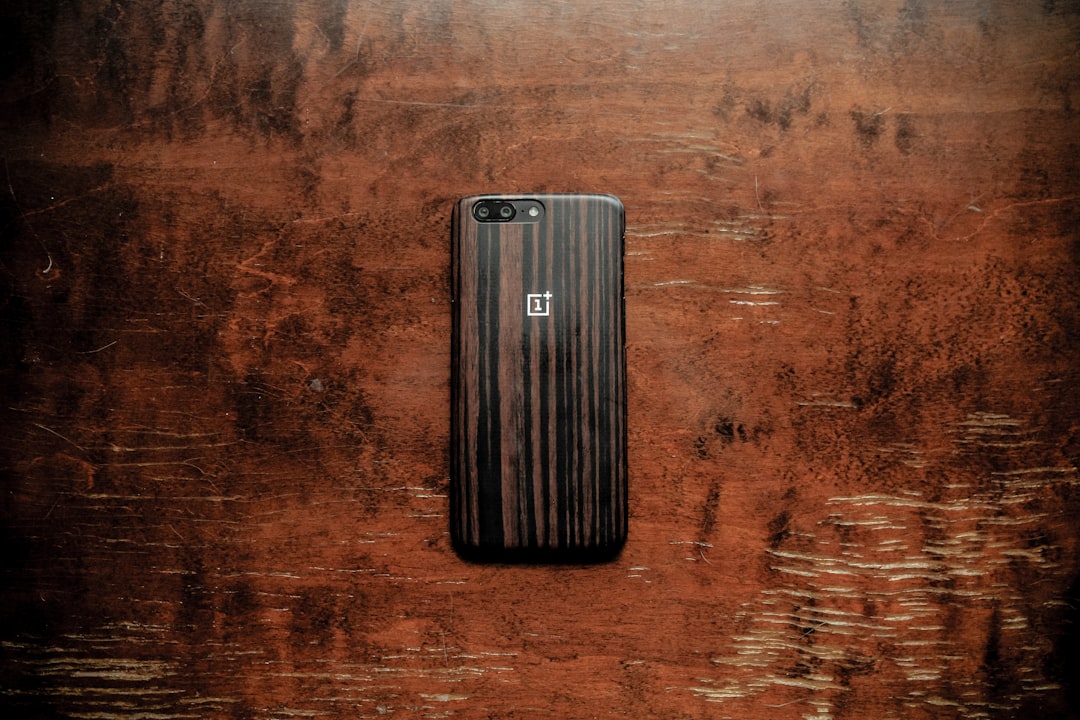In our hyper-connected world, smartphones have become indispensable tools, yet their constant presence can lead to a subtle, often unnoticed, form of dependence. Many individuals find themselves spending hours glued to their screens, impacting productivity, relationships, and overall well-being. Studies consistently show that excessive screen time can contribute to issues like sleep disturbances, anxiety, and decreased attention spans.
This guide is designed to help you regain control over your digital life. By adopting five practical habits, you can significantly reduce your reliance on your smartphone, fostering a healthier balance and improving your focus and presence in the real world. We’ll explore actionable strategies, from setting clear boundaries to embracing offline activities, empowering you to reclaim your time and attention.
1. Establish Clear Boundaries and Schedules
One of the most effective ways to curb smartphone overuse is to define specific times and places where phone use is restricted. This creates a predictable structure that helps retrain your brain to not constantly seek digital stimulation.
Designate Phone-Free Zones
Identify areas in your home or daily routine where your phone is simply not allowed. This could be the dining table during meals, the bedroom an hour before sleep, or even the bathroom. These zones help you be more present in your physical environment and with those around you.
Implement Time-Based Restrictions
Set specific hours for checking your phone. For instance, you might decide not to check your phone for the first hour after waking up or after 9 PM. This practice helps break the habit of immediate gratification and constant checking.

2. Declutter Your Digital Space
A cluttered digital environment can be a major trigger for excessive phone use. By streamlining your apps and managing notifications, you reduce the constant pull towards your device.
Turn Off Unnecessary Notifications
Most apps send notifications that are not urgent or important. Disable notifications for social media, games, and non-essential news apps. Keep only those that are critical for work or personal safety. This reduces the constant urge to check your phone every time it buzzes.
Organize and Delete Apps
Review your apps and delete any that you no longer use or that contribute to excessive screen time. Organize remaining apps into folders, placing distracting apps on a second or third screen, making them less accessible. Consider moving social media apps out of your home screen entirely.
“The average person receives dozens, if not hundreds, of notifications daily. Each one is a tiny interruption that fragments our attention and pulls us back to the device.”
3. Find Fulfilling Offline Alternatives
Replacing smartphone use with engaging offline activities is crucial for breaking the addiction cycle. When you have compelling alternatives, the urge to reach for your phone diminishes naturally.
Rediscover Hobbies and Interests
Think about activities you once enjoyed or new ones you’ve always wanted to try. This could be reading physical books, painting, playing a musical instrument, gardening, or cooking. Dedicate specific time slots to these activities, making them a priority over screen time.
Engage in Real-World Social Interaction
Instead of scrolling through social media, make plans to meet friends or family in person. Join a local club, volunteer, or participate in community events. Face-to-face interactions provide a deeper sense of connection and fulfillment that digital interactions often lack.

4. Practice Mindful Smartphone Usage
Mindfulness is about being present and aware. Applying this principle to your smartphone use means being intentional about why and how you use your device, rather than mindlessly scrolling.
Pause Before You Pick Up
Before you reach for your phone, take a moment to ask yourself: “Why am I picking up my phone right now? What is my intention?” This simple pause can help you distinguish between a genuine need and a habitual urge. If there’s no clear purpose, put it back down.
Engage Actively, Not Passively
When you do use your phone, engage with it actively. If you’re checking email, focus solely on that task. If you’re looking up information, find what you need and then put the phone away. Avoid the trap of opening one app and then mindlessly jumping to another. This Harvard Health article further discusses the health effects of too much screen time, highlighting the importance of mindful usage.
5. Create a “Digital Detox” Routine
Regular, intentional breaks from technology can reset your relationship with your devices and significantly reduce feelings of dependence. These detox periods can range from a few hours to an entire weekend.
Schedule Mini-Detoxes Daily
Start small by scheduling short periods each day where you completely disconnect. This could be during your commute, while exercising, or for an hour before bedtime. Use this time to observe your surroundings, reflect, or simply enjoy silence.
Plan Longer Tech-Free Periods
Once you’re comfortable with daily mini-detoxes, try a longer break. This might be a tech-free Saturday, a weekend camping trip without signal, or even a vacation where you commit to minimal phone use. These longer breaks can be incredibly refreshing and help you appreciate life beyond the screen.

Digital Detox Challenge: Your Weekly Plan
| Day | Challenge | Benefit |
|---|---|---|
| Monday | No phone for the first hour after waking. | Start your day with intention, not distraction. |
| Wednesday | Dining table is a phone-free zone. | Enhance family/friend connections during meals. |
| Friday | No social media after 7 PM. | Improve sleep quality and wind-down routine. |
| Saturday | 4-hour tech-free block (e.g., morning). | Engage in hobbies, outdoor activities, or deep work. |
Conclusion: Reclaim Your Focus and Well-being
Breaking free from smartphone addiction is a journey, not a destination. By consistently applying these five habits—setting boundaries, decluttering your digital space, finding offline alternatives, practicing mindful usage, and embracing digital detoxes—you can gradually shift your relationship with your device from one of dependence to one of intentional use.
Remember, the goal isn’t to eliminate your smartphone entirely, but to use it as a tool that serves you, rather than controls you. The benefits extend far beyond reduced screen time, leading to improved focus, deeper relationships, better sleep, and a greater appreciation for the world around you.
Ready to take the first step towards a more balanced digital life? Start with just one habit today and observe the positive changes. What is the first habit you plan to implement to break free from smartphone addiction?
Take Control of Your Digital Life!
Share your experiences and tips in the comments below. Let’s build a community focused on digital well-being!
Further Reading & Resources:
- The health effects of too much screen time – Harvard Health Publishing (Provides insights into the physical and mental impacts of excessive screen use.)
- How Americans Use Their Smartphones – Pew Research Center (Offers statistical data on smartphone usage patterns, highlighting common behaviors.)
- Is smartphone addiction real? – American Psychological Association (APA) (Explores the psychological aspects of smartphone dependence and its classification.)
